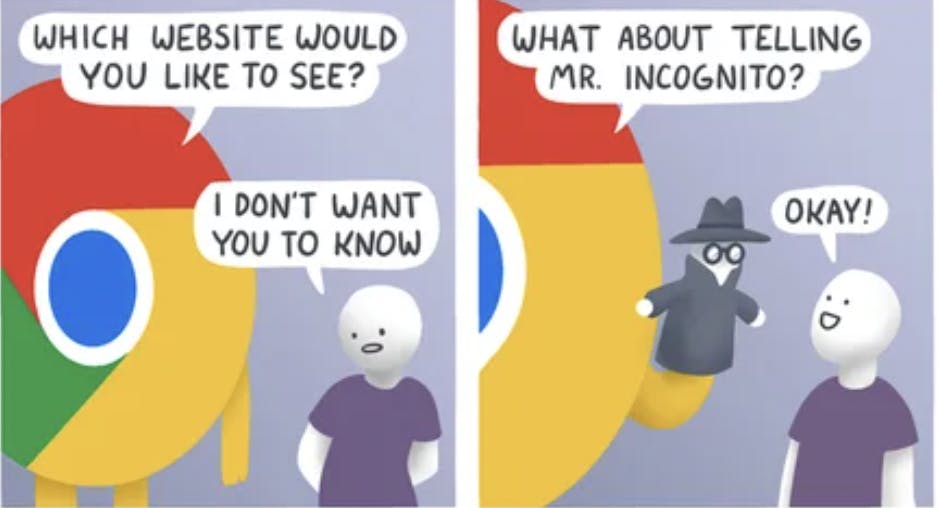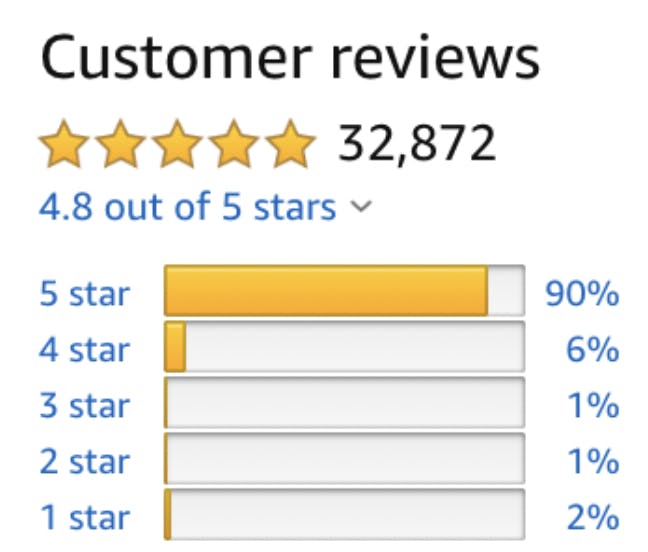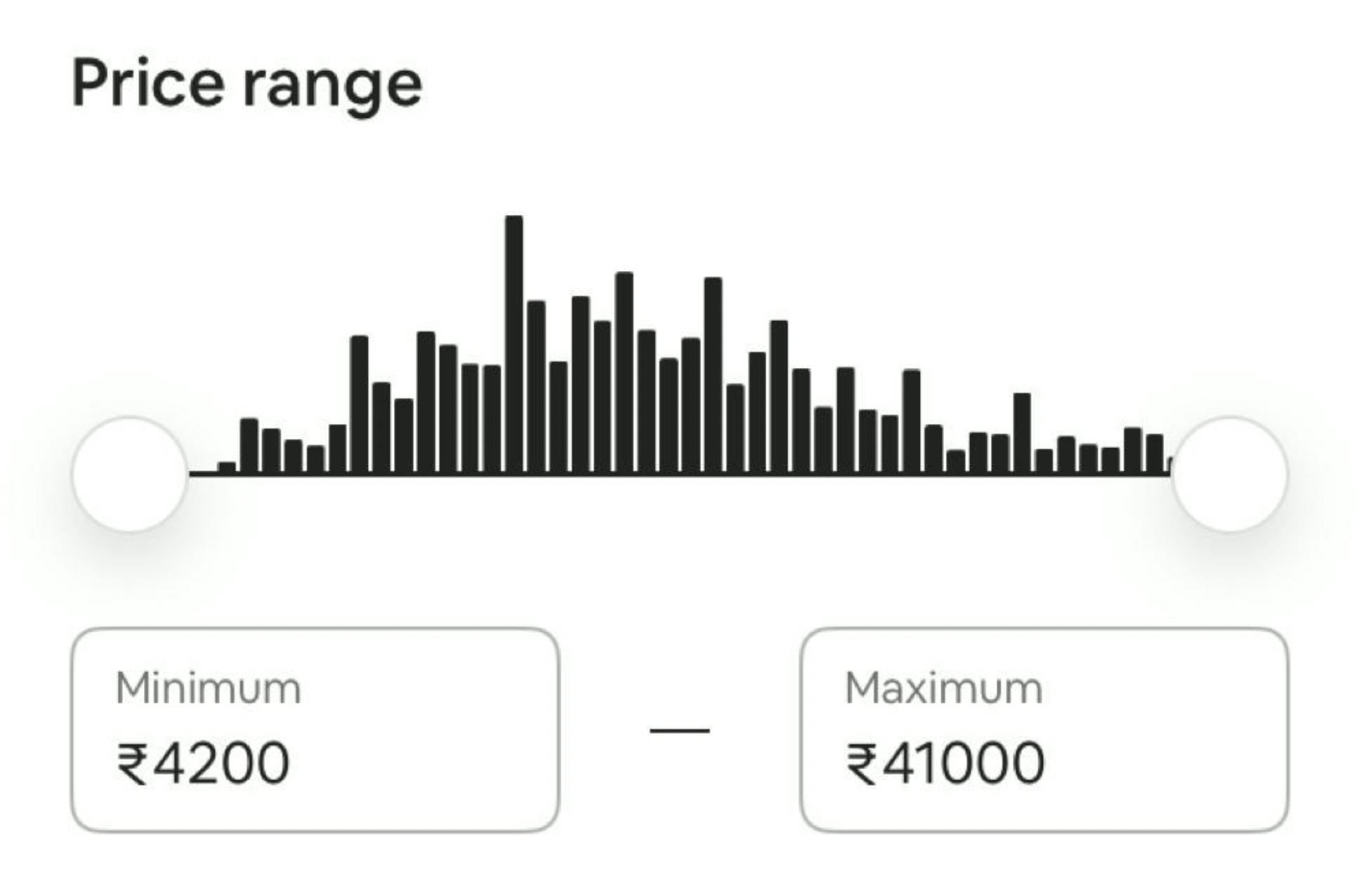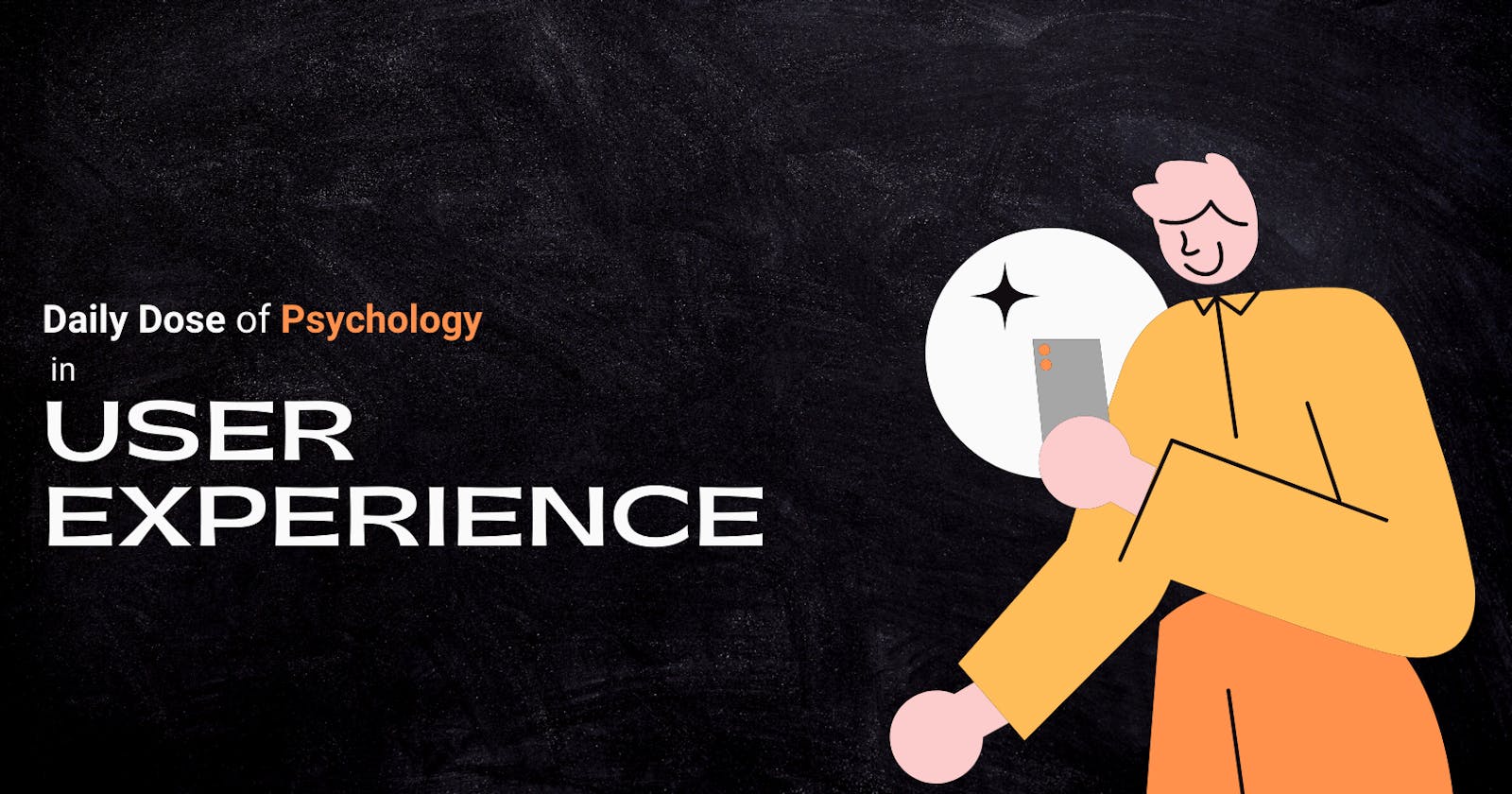Do users change their behaviour when they know they are being observed?
Psychology Laws in UX - Part 2
Table of contents
In today's series, we will be going over two laws/effects -
Hawthrone Effect
Social Proof Effect
Hawthrone Effect
The alteration of behaviour or performance, when a user knows that they are being observed.
This was first observed and documented during a series of studies which aimed to investigate the relationship between lighting conditions and worker productivity.
During the experiments, researchers initially hypothesized that improving lighting conditions would lead to increased productivity. Surprisingly, productivity improved regardless of whether the lighting conditions were improved or not. This unexpected finding led the researchers to realize that the changes in productivity were influenced by the fact that the workers knew they were being observed and studied. When people are aware that they are being watched, they may feel a sense of importance or feel motivated to perform better.
Few real-life examples -
Productivity in front of a Senior: Employees, students or patients may increase their productivity when they know they are being observed. This could be due to a desire to impress supervisors/researchers, leading to a temporary increase in output during the observation period.
Sports Performance: When Athletes realise that their performance is being observed by a sports scout/manager, they put in extra effort. They enhance their focus and drive, resulting in improved athletic performance.
It is important to note that the Hawthorne effect can be both positive and negative. For example, would you always like to be under observation? Would it be pleasing for you to know that someone is tracking your movement, 24x7?
How is the Hawthorne effect used in UX?
An example of the Hawthorne Effect being used in real-life applications is - Google Chrome's Incognito Mode and Youtube's Incognito Mode.
Now, I don't have to explain much. We all know how our behaviour changes when the "under observation" tag is removed 😝.

Source - 9GAG
This meme aptly sums up how you can use Hawthrone Effect to improve your User Experience. Some applications can use its positive effects to bring out the performance of their users. Whereas some can use the negative effect to provide a safe zone for the users(incognito mode) to make them feel free from scrutiny and judgement.
Social Proof
A psychological phenomenon where people look to the actions and behaviours of others to determine the appropriate behaviour in a given situation.
Have you noticed current changes in Instagram's UI?
Why add a "Liked by" bar to an already cluttered lower area? This is the first example of social proof being used in a UI, to influence user experience.
When a user is unsure of what to do, they tend to look at others (especially the majority) and accept whatever they do. Therefore, we may even come to the conclusion of -

There are various types of social proof -
Descriptive Social Proof: This occurs when individuals use the behaviour of others to guide their actions. For example, if a person is unsure about which restaurant to choose in an unfamiliar city, they might look for crowded restaurants, assuming that the popularity indicates good food and service.
Informational Social Proof: This happens when people rely on the actions or recommendations of others as a source of information. For instance, when individuals read online reviews before purchasing a product, they consider the experiences and opinions of other customers to make their decision.
Pluralistic Ignorance: This occurs when individuals privately hold one belief or attitude but assume that others hold a different opinion due to their actions. As a result, they conform to what they perceive as the majority opinion, even if it contradicts their personal beliefs. This phenomenon often manifests in situations where people are uncertain about how to react, such as during emergencies or ambiguous social situations.
Other real-life examples are -
Amazons Customer Review -

AirBnb's Price Recommender -

The social proof effect has implications in various domains, including marketing, public opinion formation, and social behaviour. By correctly using the power of social proof, you can shape individual decisions and actions.
Hope you learnt something new 😊. Cheers 👋
~ Aryaman
